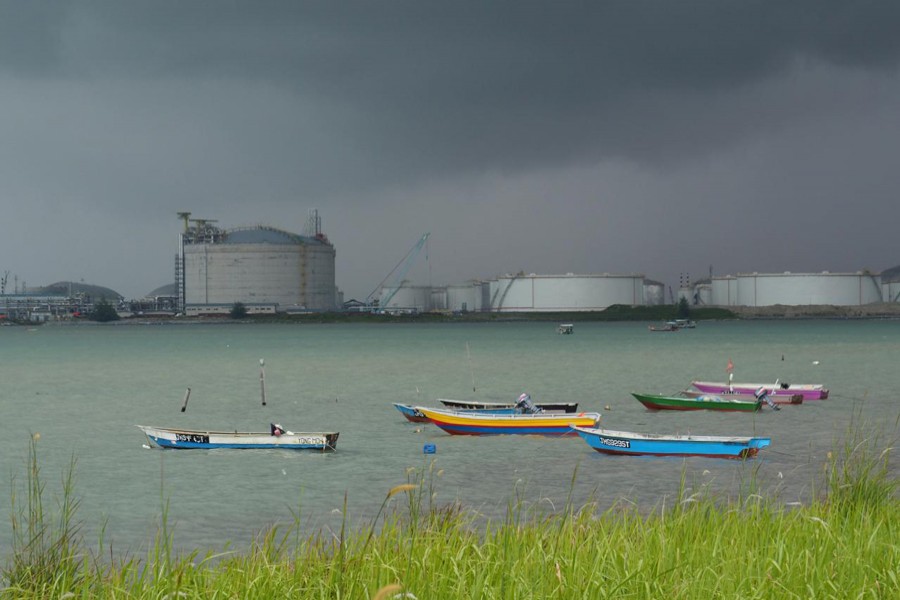Oil demand from Asia's biggest importers, China and India, is growing more slowly than expected, exposing weakness in two of the world's largest economies and eroding a key pillar of global petroleum prices amid trade tensions, reports Reuters.
The two countries buy a combined 12 per cent of the world's oil, and their growth has helped drive the recovery in oil prices since 2016.
Yet their shipped imports in July were about half a million barrels per day (bpd) below their Jaunary-June average of 12.4 million bpd, shipping data shows.
That has dragged down demand growth in Asia, despite inflated purchases ahead of US sanctions on Iran and increased imports from Japan and South Korea as they struggle with record-setting heat waves.
Shipping data shows annualised growth in demand from Asia's five largest oil importers - China, India, Japan, South Korea and Taiwan - fell from more than 3.5 per cent in 2016 to around 2,0 per cent so far this year.
"Everything is weakening, but from a pretty elevated level," said Jeff Brown, president of energy consultancy FGE.
Traders expect growth to slow further as the Iran sanctions take hold, the trade spat between the United States and China escalates, and as Asia's emerging markets show signs of cooling.
"Any further escalation in the trade conflict between them is clearly an important downside risk and could lead to a further slowdown in oil demand growth for 2019, leading to a downward pressure on oil prices," said Sushant Gupta, research director at energy consultancy Wood Mackenzie.
Renewed US sanctions against major oil exporter Iran, which from November will target the petroleum sector, are expected to disrupt the market.
Iran's oil exports peaked at almost 3.0 million bpd in May this year, but they have since fallen to around 2.0 million bpd as Asian buyers, including Japan, South Korea and India, began to shun its crude ahead of the sanctions.
The effects of the economic slowdown will take time to manifest, but analysts say investors are already becoming cautious.
China's investment growth in the first seven months of the year slowed to a record low of 5.5 per cent, data showed this week.
Charters of super-tankers from the Middle East, on which Asia heavily relies to meet its oil demand, are dipping, according to ship brokerage Banchero Costa.
"If you look at pure economic figures, the impact of the tariff disputes is still quite small, perhaps 0.5 per cent of GDP growth. But the impact on investment mood is starting to show," Brown said.
World trade volume growth peaked in January at almost 5.7 per cent year-on-year, but fell to less than 3.0 per cent by May, according to the Netherlands Bureau for Economic Policy Analysis.
Trade tensions with the US have weakened currencies in emerging markets as investors pull cash out of countries like India and China and convert it to US dollars, which are still seen as a safe haven.
Weaker currencies in Asia and tariff-suppressed trade slows economic growth, reduces purchasing power, and eventually hits fuel demand.
Although Brent crude oil LCOc1 has become about 8.0 per cent more expensive this year in dollars, the price increase has been 14 per cent in China's renminbi CNY= and more than 18 per cent in Indian rupees INR=.


